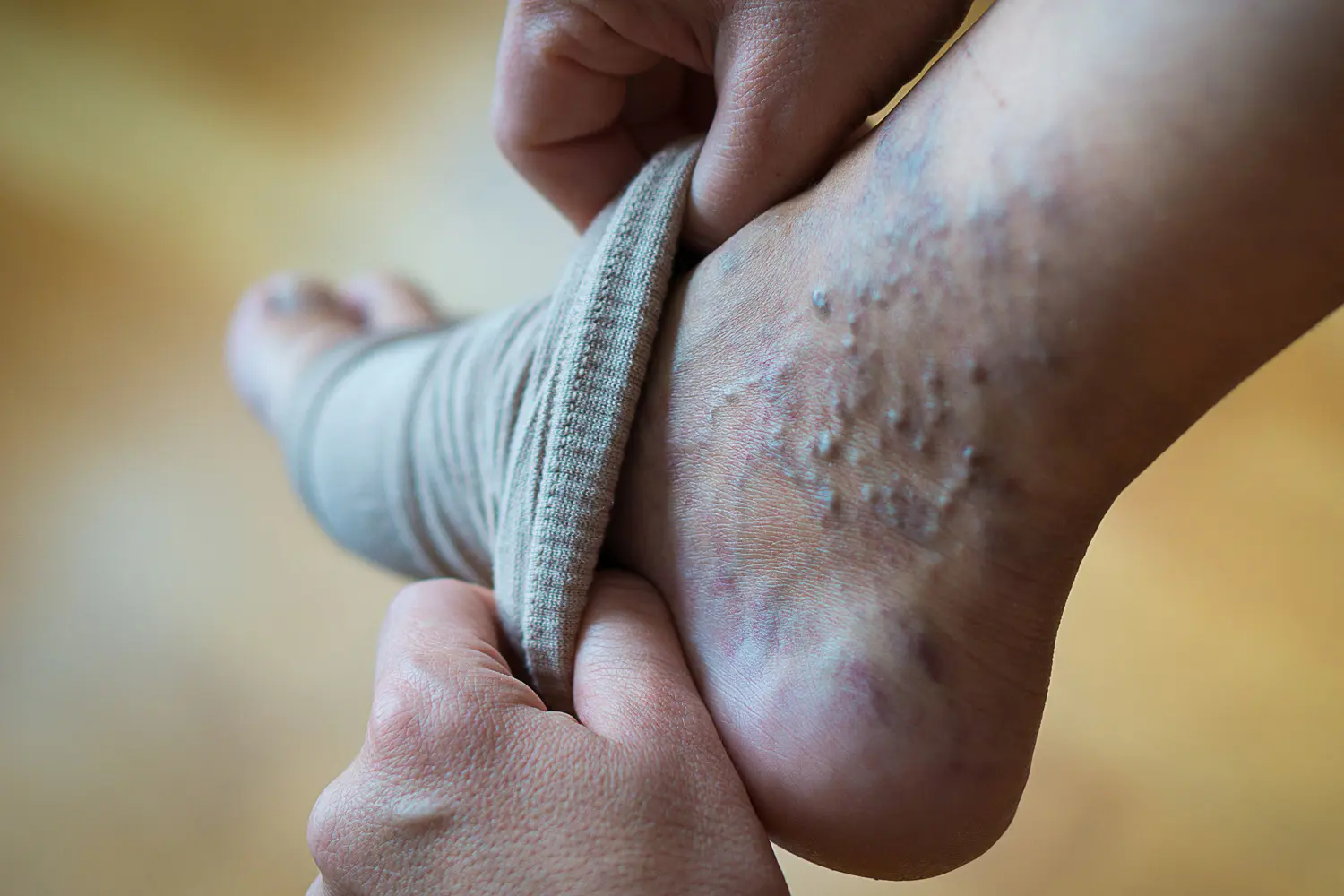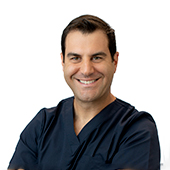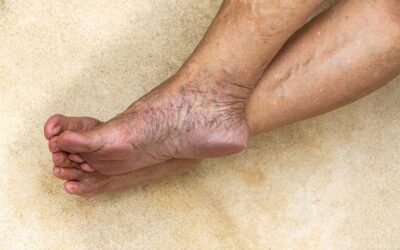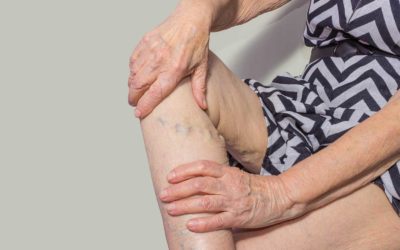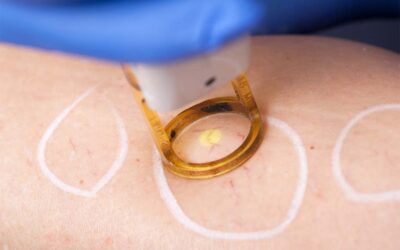Discover why these often-overlooked signs can hold the key to understanding and managing more advanced complications and learn about the treatment options available to reclaim a healthier future.
Unveiling the hidden signs of varicose vein disease in ankle and foot veins.
In our practice, we frequently encounter patients with varicose veins in the ankles and feet. This is a common sign that is often overlooked during routine examinations by general practitioners and other doctors. However, the presence of veins in the ankles and feet may be a significant indication of venous congestion and could lead to more advanced complications like lipodermatosclerosis and ulceration.
These veins are known as “Corona Phlebectatica.” They are considered an advanced clinical sign of severe underlying venous disease and are classified as CEAP 4c. The increased pressure and pooling of blood from higher sources lead to the development of fine surface veins and varicose veins that extend in a fan-like or coronal distribution around the inner and sometimes outer parts of the ankle.
Corona Phlebectatica is caused by increased pressure within the capillaries of the ankles and feet, originating from veins higher up in the leg and thigh. The primary source of this pressure is often the Saphenous Vein, either the Great or Small Saphenous Vein. However, in some cases, an underlying incompetent “Perforator” vein may be the culprit.
When faced with Corona Phlebectatica, it is crucial to have your veins assessed by an expert Phlebologist. They will use ultrasound to determine the source of vein leakage and tailor the appropriate treatment for your specific problem.
Treatment modalities for these types of varicose veins can include:
- Endovenous Laser Ablation or Radiofrequency Ablation to treat Saphenous Veins.
- Ultrasound Guided Sclerotherapy to treat superficial vein tributaries.
- Direct Vision Sclerotherapy with Tumescent Anaesthetic to treat smaller capillaries and feeders.
Key Takeaways
- Ankle and foot veins, known as Corona Phlebectatica, are an important indicator of venous congestion and can lead to advanced complications if left untreated.
- A variety of treatment techniques are used to effectively address varicose veins in the ankles and feet.
- Don’t underestimate the significance of ankle and foot veins in varicose vein disease; they can serve as valuable clues for managing and preventing further complications.
- Seeking assessment and treatment from an expert Phlebologist is crucial when confronted with Corona Phlebectatica to identify the source of vein leakage and tailor the appropriate treatment.
If you have any questions or suspect that you may have Corona Phlebectatica, please don’t hesitate to contact Dr. Paraskevas at 1300 281 339 or refer to our Contact Us page. Our team is here to provide expert guidance and personalised treatment for your varicose vein concerns.

